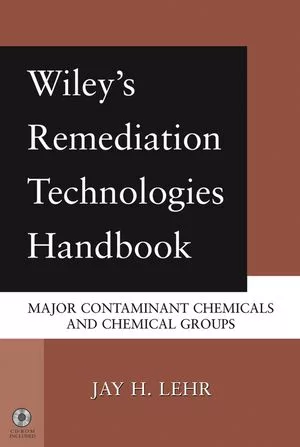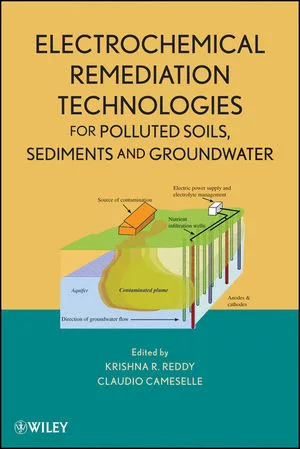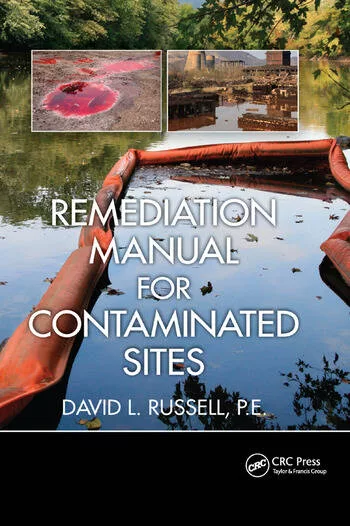Threat of zero allowance regulations loom for forever chemicals

Avalon_Studio / iStock / Getty Images Plus via Getty Images
For many years, per- and polyfluoroalkyl substances (PFAS) have been ubiquitous in American commerce and industry. That ubiquitous use, and the fact that PFAS chemicals do not break down in the environment, has led to the presence of PFAS in groundwater to varying degrees throughout the country. As a result, the US Environmental Protection Agency (EPA) has turned its full attention to PFAS regulation. In fact, EPA issued a PFAS Strategic Roadmap that sets timelines by which EPA plans to take specific actions, as it states, “to safeguard public health, protect the environment, and hold polluters accountable.” Pursuant to the Roadmap, the EPA issued interim health advisories on June 15, 2022, in which they advised that the safe lifetime drinking level for PFAS chemicals are as low as .004 parts per trillion (ppt) for perfluorooctanoic acid (PFOA) and .02 ppt for perfluorooctane sulfonic acid (PFOS). To put that in context, one should understand that a level of .004 ppt equates to 1 drop out of 4.5 billion gallons of water., and that such miniscule levels are undetectable by current testing instruments, essentially making it zero.
According to the EPA, its interim health advisories are determined based on review of all available science by the EPA’s Science Advisory Board. It is unclear, however, on what the Science Advisory Board relied in reaching its conclusions concerning the level of exposure at which to set the advisory limit, as there is not only no current epidemiological studies that demonstrate that PFAS chemicals actually cause any adverse health consequences, there are certainly no scientific studies that support a level of exposure near zero.
The EPA’s interim health advisories are not regulations, and are not enforceable. They do, however, portend the maximum contaminant levels (MCLs) that the EPA is considering and may eventually enact for drinking water. The EPA is scheduled to issue its proposed regulatory level in fall 2022—only months away—and the rule is expected to go into effect in 2023.
In setting the MCLs, the EPA attempts get the MCL as close to the health advisory limit as feasible. Unlike with health advisories, though, the EPA must prepare a health risk reduction and cost analysis (HRRCA), which takes into account the quantifiable and non-quantifiable benefits that will result from the proposed standard, as well as the increased costs that will result from the proposed drinking water standard. It does not, however, require EPA to consider the benefits in the use of PFAS, including improved safety, durability and fuel efficiency in applications such as cars, airplanes, buildings and electronics, not to mention firefighting where its use is still mandated.
Should the EPA enact drinking water standards near the current health advisory limits, it is likely that the vast majority, if not all, water systems in the United States will require costly remediation. The State of New York estimates that remediation of PFAS in the state’s drinking water to a level of 4 parts per trillion, a standard 1,000 time less strict than the amount proposed by the EPA’s health advisory, would cost $1.5 billion for start-up costs and $78 million annually. In addition, Orange County, California, (one of 58 counties in the State of California) estimates that bringing PFAS levels in the county down to the state’s 10 ppt (2,500 times higher than the health advisory) would cost $1 billion. Based on these estimates, the cost of remediation across the country is expected to be in the tens, if not hundreds, of billions of dollars. The federal government has, however, only made $1 billion available for states to remediate PFAS from their water systems. While additional funds will likely be available from state governments, those are not expected to cover the enormous costs associated with bringing all water systems into compliance, which could result in public water systems going offline, with the resulting loss of public drinking water. In response, a number of states, counties, cities and other providers of drinking water have brought suit against the manufacturers of PFAS chemicals and in some cases against manufacturers of a small number of products that contained PFAS in order to recover the costs associated with drinking water remediation and/or mitigation.
Manufacturers of products that currently contain or previously contained PFAS would be wise to stay in tune with the actions of the EPA as it proposes MCLs for various PFAS chemicals. As more and more public water suppliers and owners of private wells are faced with the exorbitant costs of remediating drinking water that will surely arise once the EPA sets its MCLs (and states follow suit), many will be forced to bring suit to recover those costs. Many of those litigants are likely to cast a wide net in search of entities, including those companies that included PFAS in its products, to help pay for that remediation.
Source: MG+M The Law Firm
Source url: https://www.mgmlaw.com/



.webp?height=200&t=1663879182&width=200)


